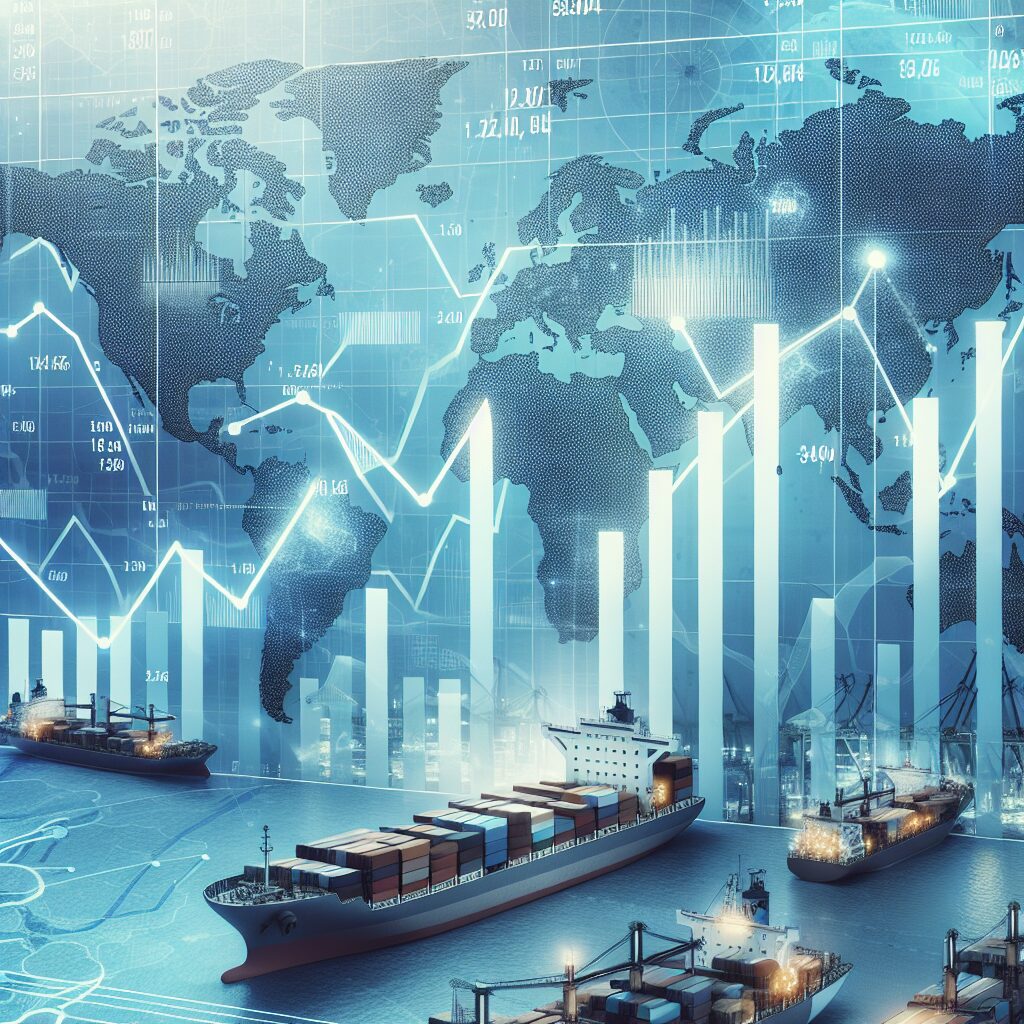The world of international trade has been shaken by a sweeping set of tariff changes announced by the U.S. government on April 2, 2025. These new measures, which took effect on April 4, introduce universal and reciprocal tariffs that are already reshaping global supply chains and economic relationships.
Key Tariff Changes
Universal Tariff Implementation
A 10% baseline tariff now applies to all imports entering the United States, regardless of their country of origin. This marks a significant shift in trade policy, aiming to reduce trade deficits and encourage domestic production.
Reciprocal Tariffs on Select Countries
Starting April 9, over 50 countries will face higher reciprocal tariffs, ranging from 11% to 50%, based on their trade relationships with the U.S.. Countries with large trade surpluses against the U.S. are expected to bear the brunt of these new duties.
Exemptions and Special Cases
Certain goods remain exempt from these tariffs, including:
- Steel and aluminum, which are already subject to a 25% tariff.
- Automobiles and auto parts, which face a 25% tariff effective April 3.
- Critical minerals, pharmaceuticals, lumber, and semiconductors, which may be subject to future tariffs but are currently excluded.
Global Reactions and Retaliation
The international response has been swift. Several countries, including Canada and China, have announced countermeasures. Canada has imposed new duties on certain U.S. vehicle imports, while China plans to introduce a 34% tariff on U.S. goods starting April 10. The European Union is also preparing its own set of retaliatory tariffs.
Economic Impact and Market Response
The stock market has reacted negatively to these tariff changes, with U.S. futures plunging and global markets experiencing heightened volatility. Businesses are scrambling to adjust their supply chains, and consumers may soon feel the effects through higher prices on imported goods.
What’s Next?
As the world adapts to this new tariff landscape, trade negotiations and diplomatic efforts are expected to intensify. Importers and exporters should closely monitor developments and consider strategic sourcing to mitigate rising costs.
Stay tuned for further updates as the global trade environment continues to evolve.

Leave a Reply